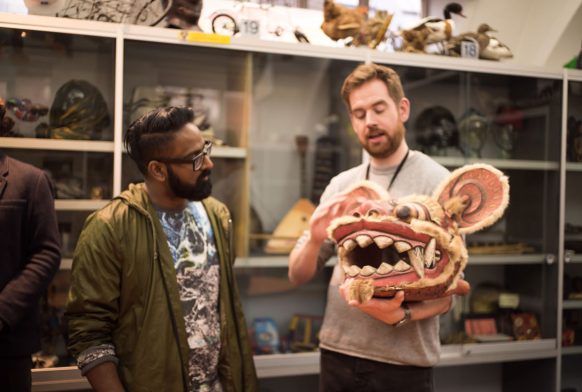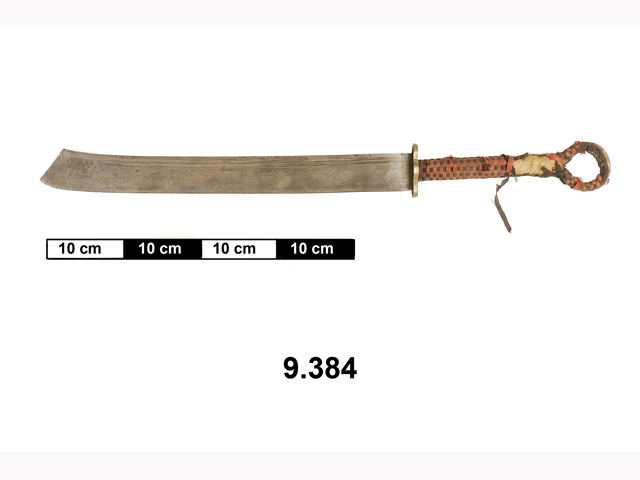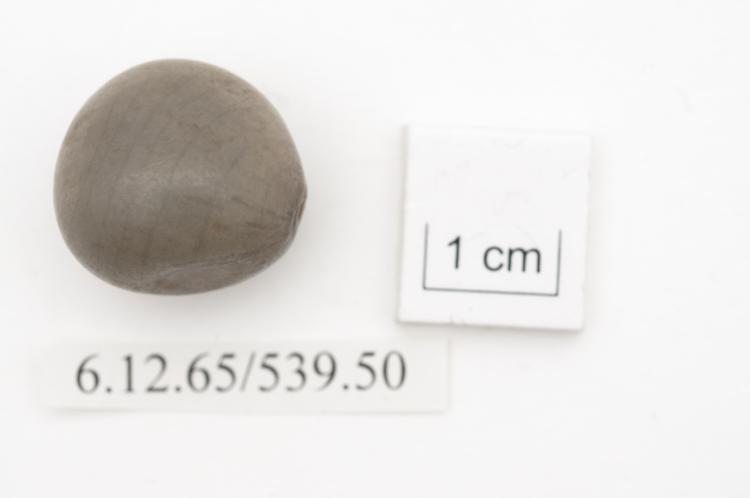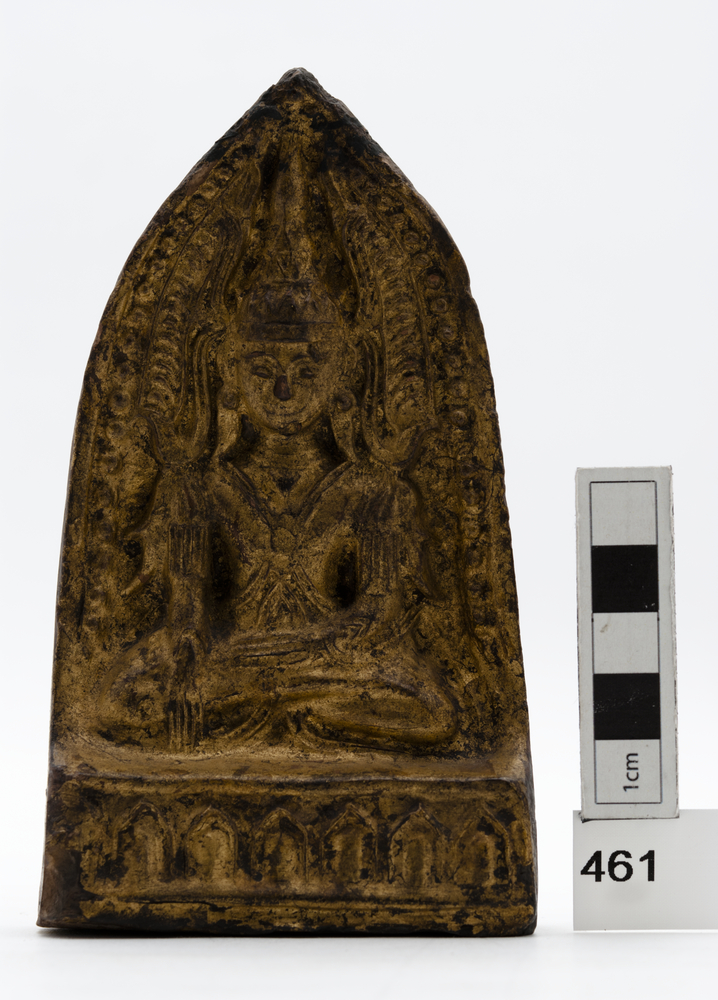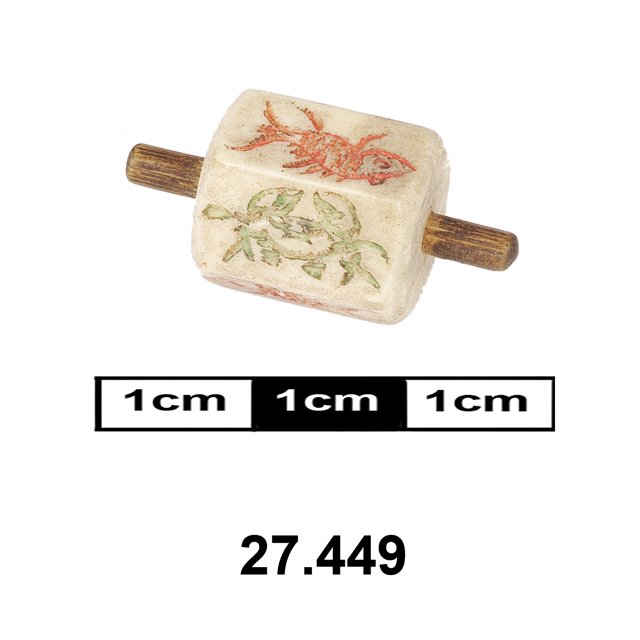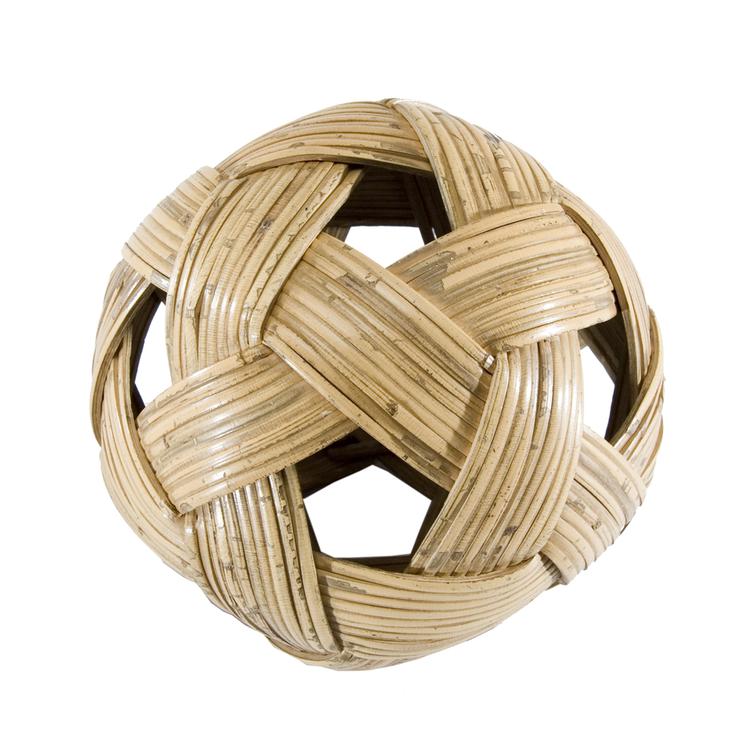
Cane ball, woven.
Used in the game of Sepak Takraw, also known as Cane Ball, similar to volleyball but without the use of hands.
How is it used?
The game of Sepak Takraw is similar to volleyball and players pass the ball to other team members and over a net without it touching the ground. The main difference is that they can use their feet, lower body or head but not their hands. This game dates back to the 15th century in Malaysia but some claim it has Chinese origins. It has now become a top level sport in South East Asian countries.
Who is it used by and why them?
It is a sport mainly dominated by men but women also play in their own leagues. It is popular with school children who play it in the playground or park. In the 15th century in Malaysia it was only played by men and boys in a circle formation and without a net.
The sport has become important in the South East Asia Games and is growing in popularity internationally, particularly in the USA .
Sepak Takraw has a long history. It was known in the 15th century in Malaysia where it was played only by men and boys standing in a circle and passing the cane ball around the circle. At that time it was known as Sepak Ragu. It may have originated in China and reached Malaysia through trade routes. It was also played in Thailand, The Philippines, Burma, Laos and Indonesia under different names in different versions. It wasn’t until 1940 that formal rules were agreed that included the size and height of the net, the size of the court, the size and weight of the ball, the duration of the game etc. This meant that different countries could compete against each other and the game became very popular all over South East Asia. There are separate leagues for men and women and the highlight of the competition is the South East Asia Games, at which Sepak Takraw was first included in 1965.



